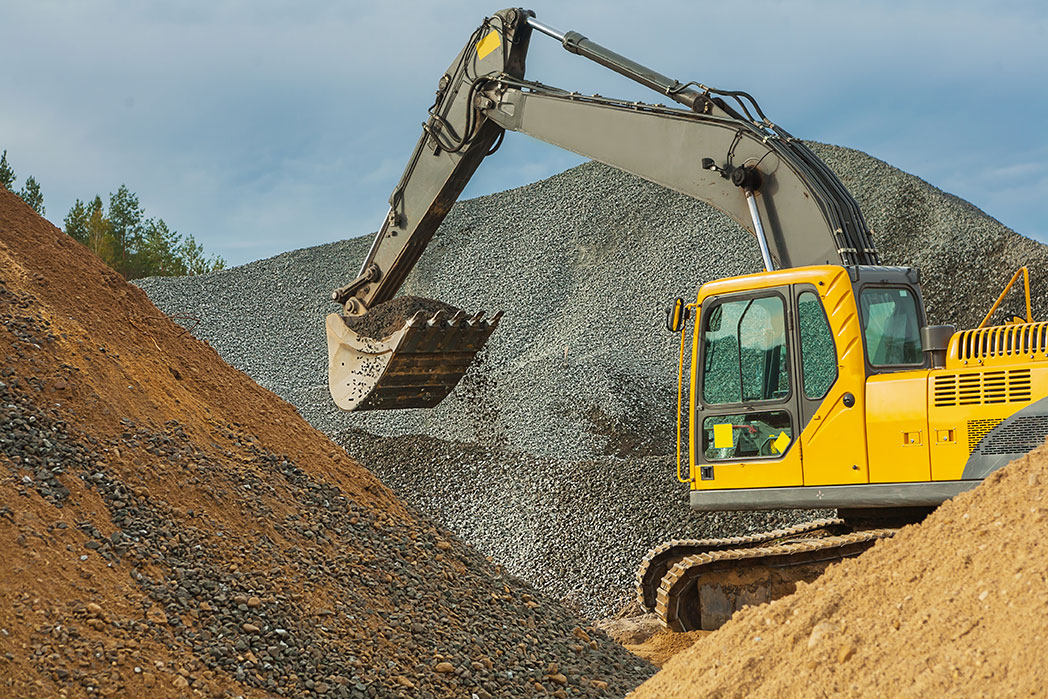
8 Different Types Of Aggregate Used In Concrete
Concrete is an essential building material used extensively in construction projects worldwide. It comprises a mixture of cement, water, and aggregates, with aggregates playing a crucial role in determining the strength, durability, and overall performance of concrete structures. Understanding the different types of aggregates used in concrete is vital for achieving desired properties and ensuring long-lasting structures. In this post, we will explore 8 different types of aggregates commonly employed in concrete, shedding light on their unique characteristics and benefits.
Fine Aggregates
Fine aggregates, also known as sand, are one of the primary components of concrete. They typically consist of small particles with diameters ranging from 0.075 to 4.75 mm. Fine aggregates provide cohesiveness to the concrete mixture and fill the voids between larger particles, enhancing workability and reducing shrinkage. They are commonly sourced from riverbeds, quarries, or manufactured by crushing rocks. The use of well-graded fine aggregates improves the strength and durability of concrete structures, making them highly resistant to cracking and permeability issues.
Coarse Aggregates
Coarse aggregates are larger-sized particles with diameters greater than 4.75 mm. They contribute to the structural integrity of concrete by providing strength and bulk. Typically sourced from natural rock formations, coarse aggregates can include crushed stone, gravel, or slag. Their interlocking nature enhances the mechanical properties of concrete, enabling it to withstand heavy loads and prevent deformation. Well-graded coarse aggregates are essential for achieving optimal concrete strength and resistance to wear and tear.
Recycled Aggregates
With increasing emphasis on sustainability, the use of recycled aggregates in concrete has gained prominence. Recycled aggregates are obtained from the processing of construction and demolition waste. These aggregates undergo rigorous testing and processing to ensure their suitability for use in concrete. By reusing materials that would otherwise end up in landfills, the construction industry contributes to reducing environmental impact. Incorporating recycled aggregates not only conserves natural resources but also improves the performance and structural integrity of concrete.
Lightweight Aggregates
Lightweight aggregates are ideal for applications where the weight of concrete needs to be minimized. These aggregates are manufactured by subjecting natural materials such as expanded clay, shale, or slate to a high-temperature process. The resulting lightweight particles have excellent insulation properties while maintaining adequate strength. The use of lightweight aggregates reduces the dead load on structures, making them particularly suitable for high-rise buildings, bridge decks, and precast elements.
Dense Aggregates
In contrast to lightweight aggregates, dense aggregates are used when a higher density is desired. These aggregates are typically composed of heavy minerals such as magnetite, hematite, or barite. Dense concrete offers advantages in radiation shielding, sound insulation, and thermal mass. Applications include nuclear power plants, medical facilities, and sound barrier walls. By carefully selecting and proportioning dense aggregates, engineers can tailor concrete properties to meet specific project requirements.
Rounded Aggregates
Rounded aggregates are naturally occurring or processed aggregates with smooth, rounded surfaces. They provide better workability and reduce water demand, resulting in improved concrete cohesion. Rounded aggregates are typically found in riverbeds or created through mechanical processes like tumbling. Their shape reduces the risk of internal voids and enhances the flowability of concrete during placement. These aggregates are commonly used in applications where concrete needs to be easily pumped or placed in complex formwork configurations.
Angular Aggregates
Angular aggregates have irregular and sharp-edged particles. They provide enhanced bond strength between the aggregate and the cement matrix, resulting in improved concrete strength. Angular aggregates offer excellent interlocking characteristics, making them suitable for applications where a high degree of mechanical stability is required. They are commonly used in heavy-duty pavements, bridge abutments, and retaining walls.
Graded Aggregates
Graded aggregates consist of a range of particle sizes, ensuring optimal packing density in concrete. Well-graded aggregates have a balanced distribution of coarse and fine particles, reducing the amount of cement paste required for cohesive concrete. This leads to increased strength, improved workability, and reduced bleeding and segregation. Properly graded aggregates contribute to the long-term durability of concrete structures, minimizing the risk of cracking and enhancing resistance to freeze-thaw cycles.
Choosing the right type of aggregate is crucial for producing high-quality concrete with excellent strength, durability, and performance. The diverse range of aggregates available allows engineers and builders to tailor concrete properties to specific project requirements. Whether it's fine aggregates enhancing workability or recycled aggregates promoting sustainability, understanding the characteristics and benefits of each type is key to achieving optimal results. By prioritizing aggregates and soil management, the construction industry can continue to build resilient structures while minimizing environmental impact.

